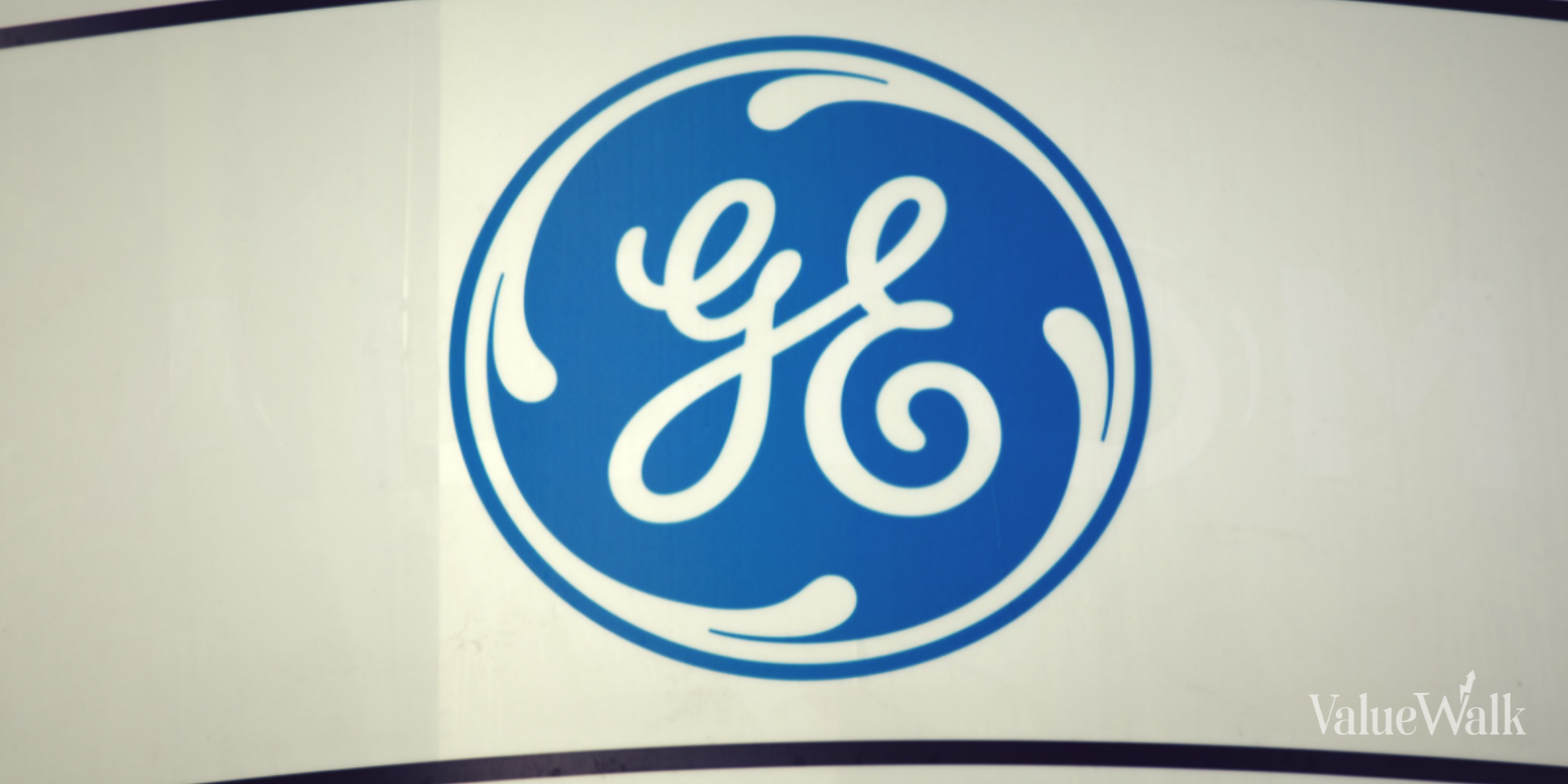In the late 1990s and early 2000s, General Electric (NYSE:GE) was one of the largest companies in the world in terms of market capitalization. However, a lot has changed since then, as the company grew too big and got hit hard by the Great Recession.
This once-massive conglomerate, which moved far beyond selling light bulbs and household electronics into energy, media, aerospace, banking and finance, and healthcare, ultimately split into three different companies.
In 2023, the conglomerate spun off GE HealthCare Technologies (NASDAQ:GEHC), and earlier this month, it pushed out its energy holdings into GE Vernova (NYSE:GEV). That leaves just the legacy GE business under the old GE ticker, but it no longer resembles the old GE conglomerate. It fact, the slimmed-down company is now known as GE Aerospace, and as the name suggests, it makes jet engines for commercial, military, business and general aviation aircraft.
GE stock has been on fire this year, as it is up some 53% year to date (YTD), making it the fourth best-performing stock on the S&P 500 this year, but is it still a buy?
The new GE
The new GE Aerospace has only been independent from GE Vernova for about a week, so investors may be wondering if this year’s outperformance is more because of GE Aerospace or the company it just spun off a week ago.
If you look at the most recent earnings report, it shows that GE Aerospace had a strong quarter, with revenue up 12% year over year to $8.5 billion and profits up 11% to $1.6 billion. The company’s orders increased 10% in the quarter to $10.6 billion and 22% for the full year to $38 billion. GE Aerospace also announced an order for 202 GE9X engines and spares by Emirates Airline to power its upcoming fleet of Boeing 777X, bringing Emirates’ total order for GE9X engines to 460.
Overall, the combined company, including GE Power and GE Renewables, which are now part of GE Vernova, notched $19.4 billion in revenue in the fourth quarter, up 15% year over year, and $2 billion in earnings, up 20% with the bulk of the profits coming from GE Aerospace.
Thus, the aerospace segment certainly performed well, but investors can gain more insight into how GE Aerospace will perform as a standalone company from the investor day it hosted on March 7. The company called for low double-digit growth in adjusted revenue in 2024, operating profit of $6 to $6.5 billion, and free cash flow of $5 billion. The operating profit numbers are about the same as the segment did in 2023 at the low end but up 7% to 8% at the high end of the range.
Dividend boost and promising outlook
GE Aerospace also provided a longer-term view at its investor day, estimating low-double-digit revenue growth in 2025, $7.1 billion to $7.5 billion in operating profits, and 100% free cash flow conversion, meaning all of its operating profits would be converted to free cash flow. Looking out to 2028, the company is calling for high-single-digit compound annual revenue growth, $10 billion in operating profit with low-double-digit compound annual growth, and 100% free cash flow conversion.
“Looking ahead, our financial outlook demonstrates confidence in our future, with a robust market and demand for our products and services underpinning continued growth across revenue, operating profit and cash generation,” GE Aerospace CEO H. Lawrence Culp, Jr. said.
The company also plans to return 70% to 75% of its free cash flow to shareholders through dividend and share buybacks. In fact, just last week, GE Aerospace declared a 28-cent-per-share dividend, up from 8 cents the previous quarter. The company also plans to offer an initial $15 billion in share buybacks. Further, it will use its excess cash to invest in research and development and “focused” mergers and acquisitions where warranted.
It is hard not to like that kind of outlook with that type of efficiency. GE Aerospace has a consensus buy rating among analysts, even though some analysts lowered their price targets after the GE Vernova split. However, I think you’ll start to see those price targets creep back up after GE Aerospace posts its first-quarter earnings results.
With a trailing P/E ratio of 19, the company looks like a decent value, too, given its recent price surge. This may not be the GE of old, but investors should consider the continued growth potential of the new GE — GE Aerospace.
Disclaimer: All investments involve risk. In no way should this article be taken as investment advice or constitute responsibility for investment gains or losses. The information in this report should not be relied upon for investment decisions. All investors must conduct their own due diligence and consult their own investment advisors in making trading decisions.












